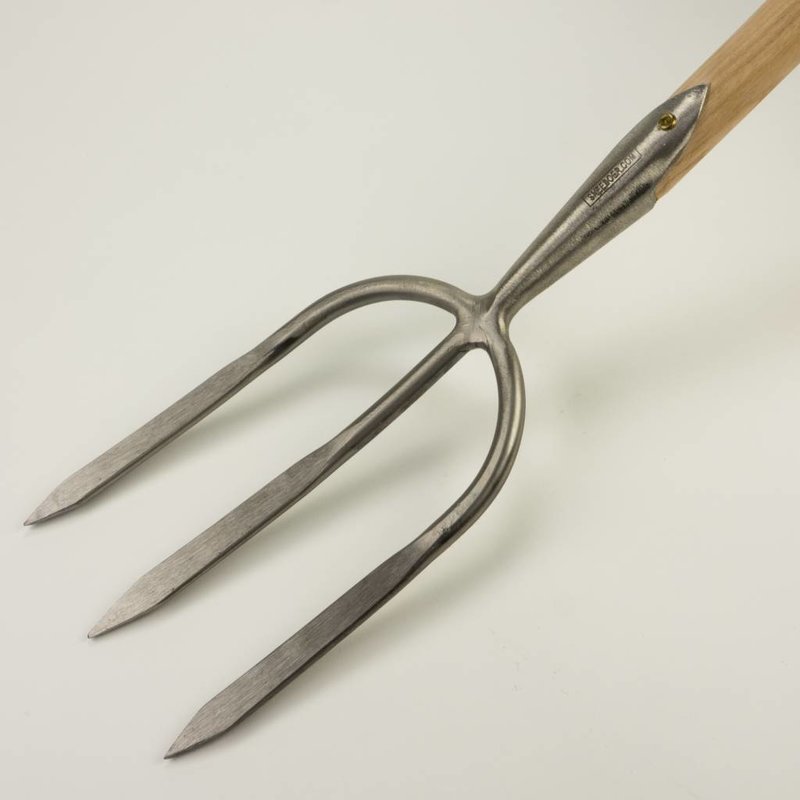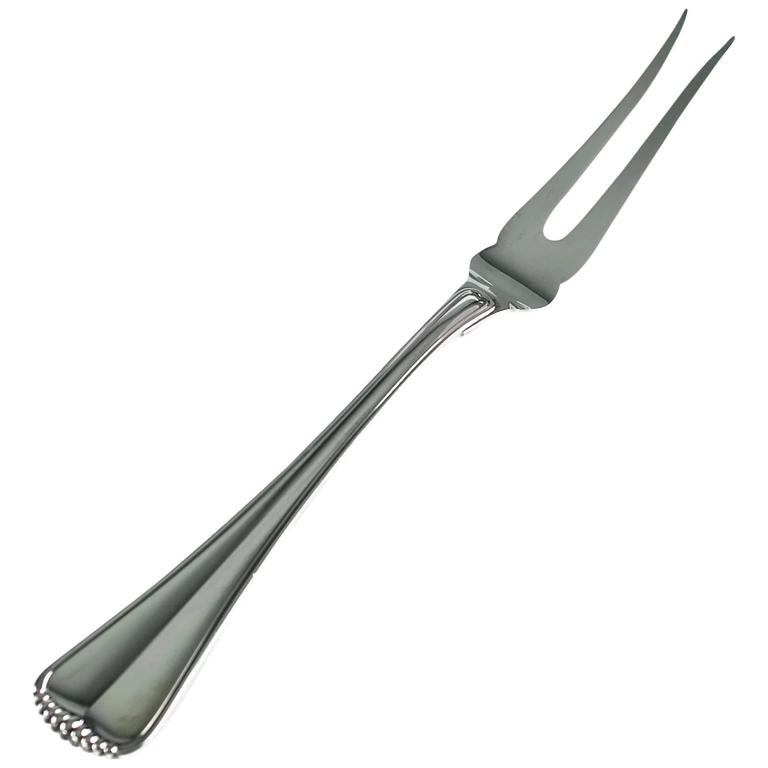

If each fork is used to handle one coil each, then both top corners of the fork are chamfered. When both forks are used together in the core, only the top outer corners need this shape. These tines made with the top corners of the blades chamfered or radiused to prevent scoring or denting of the inner layers. To this shank, a synthetic covering, usually replaceable, is added.Ĭoil Forklift Tines are used to handle steel or other coiled materials. Gypsum Forklift Tines: Gypsum Forklift Tines are forks having a tall shank that extends very high above the top hook. At a certain distance above ground level the shank narrows to allow the driver better visibility. This fork has a shank that is thicker than the blade. Therefore, a “peek-a-boo” forklift tine is used. Tips are thin with a top chamfer for chiseling between plywood sheets and the tips are squared off, not rounded, to assist the chiseling effort. When these forks become very wide, they can block the driver’s visibility. The top of the forklift tine is polished, unpainted, for ease of entry and exit. They are all made as full bottom taper forks, meaning the taper runs from the tip, back to approx.

Lumber Forklift Tines or Full-Tapered Forklift Tines or Full-Taper and Polished Forklift tines are made with a typical maximum thickness of 1.5 inches and in various widths, depending on the load weight. Of these blocks is used as the actual load carrying pallet in unit loads of These are called “piggy-back” forklifts.īlock Forks are narrow forks, usually used in multiples, thatĮnter the openings of concrete blocks that are turned on their sides. There is a type of forklift that is mounted on the rear of trailers and is carried to building sites to unload the flatbed. In line means the center is directly above the rear face. Inset means the tube center is located toward the load. In relation to the rear face of the fork shank, offset means the tube center is located toward the driver. This dimension tells us the “offset” or “inset” of the tube, or whether it is “in-line.” The most important dimension is the location of the tube center in relation to the rear face of the tine shank. These tell us where the fork tubes are located. We use 2 drawings to gain dimensional data needed to make the forks to fit. Because of this we ask many questions of customers. They vary from OEM to OEM and by trucks within a brand. Pin type forks have no standard shape or size. High Under-Clearance Tines: Popular in many Euro and Asian brand trucks since many of those are standard with solid “pneumatic” tires so they can be indoor-outdoor trucks. If unsure, measure the carriage height from The rest of the world uses Arabic numbers.Ĭlass I is forklifts up to 1,999 LB at 24” load centerĬlass II is forklifts rated 2,000 LB through 5,500 LB 24”Ĭlass IV is forklifts rated 10,000 LB to 17,500 LB 24”Ĭlass V is forklifts rated from 17,500 LB to 24,000 LB at In North America, classes are designated by Roman numerals. Type “B” forks can replace type “A” forks, but not vice-versa because the type “A” would not reach the ground. However, the applications can be interchangeable. Type “B” is primarily intended for outdoor trucks.

Type “A” is primarily used for indoor and many outdoor trucks. The difference in the types reflect differences in the ground-to-carriage distance when the mast id fully lowered. The standard FEM hook style forklift tines come in two types, “A’ & “B”. Hook-ITA fork classes are the same world -wide under ISO standards. The Following is an attempt to provide a reference for the layman in selecting and ordering new or replacement forks: Not only can we in the industry not come to a singular mind on what to call Forklift Tines, outside of the ITA/FEM Standard for Hook Type Forks (sometimes called Pin Type Forks) we have yet to see a standardization of design in how to affix the forks to the front of a Forklift and any number of other dimensions of the ever-so-simple, yet ever-so-complex forklift fork. they are essentially the load bearing components on the front of standard configuration forklifts. Referred to in different circles as forks, forklift tines, forklift blades, forklift teeth, etc. Forklift Tines are one of those common components of industry that for some reason manages to allude us in establishment of common vocabulary.


 0 kommentar(er)
0 kommentar(er)
